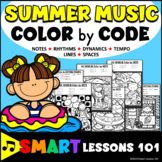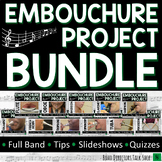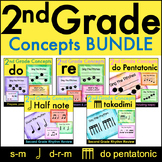5 results
Problem solving visual arts Common Core 8.G.A.1b resources

Parallel Lines Cut by Transversal City Designer Project - Project Based Learning
This resource, for Geometry (used in NC Math 2), is a project in which students design their own city with 4 parallel lines cut by 2 transversals and placing different stores and landmarks around their city using their knowledge of special angle pairs. Through this project based learning (PBL) activity, students creatively display their understanding of angle relationships in a real life manner. See the preview to view the full resource.The following angle relationships are included on this proj
Subjects:
Grades:
6th - 10th
Types:
CCSS:
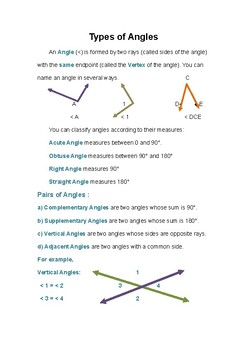
Types of Angles (English)
These three pages represent a geometry lesson on Types of Angles. The first page describes the different types of angles. The second page includes exercises on finding missing angles by using the given definitions. On page three I created four problems on pair of angles that includes complementary, vertical and supplementary angles. This lesson is an introduction to or a review lesson on angles.
Subjects:
Grades:
7th - 8th
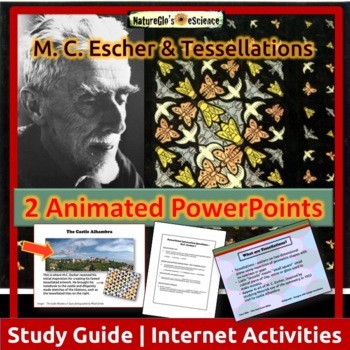
Math Art M.C. Escher Tessellations PowerPoints Thematic Unit Distance Learning
Famed Dutch artist, M.C. Escher (1898 - 1972) though a sickly child became a self-taught "MathArt" genius. Escher created works beyond the human imagination inspired from adventures such as a visit to the Moors' castle of the Alhambra in Spain and a Mediterranean voyage among other European travels. Undaunted by his lack of mathematical training, he found more in common with mathematicians of his day, such as English professor of mathematics, Sir Roger Penrose, than he did with fellow artists. H
Subjects:
Grades:
4th - 8th
Also included in: Math With Art

Angles of Reflection Bulls-eye Activity
In this activity, students are challenged with reflecting a laser light off of a mirror and hitting a target. In order to do this, students must construct a model of how the laser will travel, calculating the angle of incidence and the angle of reflection, using the plane of the mirror's surface and the normal line that is perpendicular to the plane of the mirror. This activity that can be adapted to be used in any physical science class on waves, rays, and reflection or in a math class on angle
Subjects:
Grades:
7th - 12th, Adult Education
Types:
CCSS:
NGSS:
MS-ETS1-4
, HS-PS4-5
, MS-PS4-2

Reflecting Shapes Poster
A poster to help your students remember what a reflection is
Subjects:
Grades:
7th - 9th
Types:
Also included in: Rigid Transformations - Posters and Vocab
Showing 1-5 of 5 results

